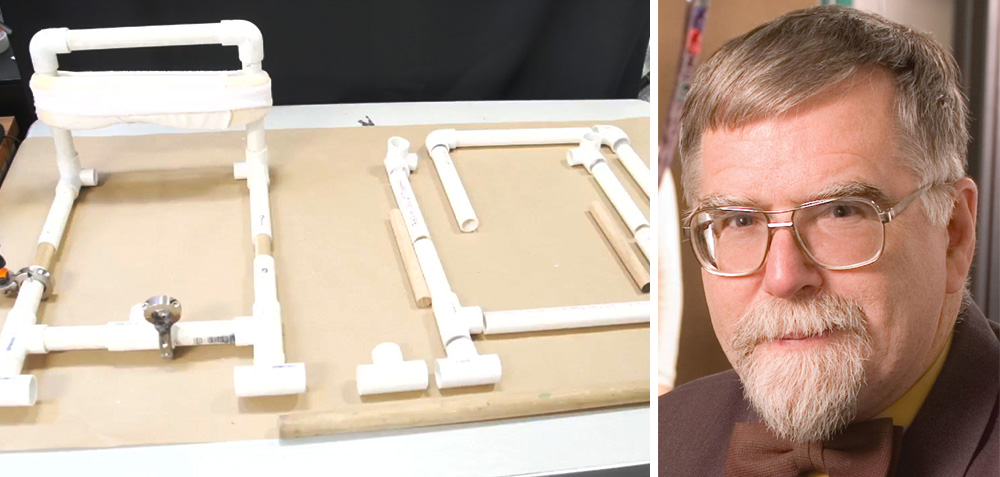
PVC-based medical neck support wins innovation award
PVC is used in a prize-winning head and neck support system for patients with amyotrophic lateral sclerosis (ALS), also known as Lou Gehrig’s disease, a rare group of degenerative neurological diseases that affect the brain and spinal cord. Designed by Professor Charles Robinson, D.Sc., P.E., of Clarkson University in Potsdam, New York, the system is made with “PVC pipe, various fittings and flanges plus dowel rods and a padded Velcro strap” (news release, October 9). Robinson is the Herman L. Shulman Endowed Chair of Computer & Electrical Engineering at the university.
The head and neck support system was chosen as the Clinical Panel Winner of the Academy of Spinal Cord Injury Professionals (ASCIP) Innovation Competition at the ASCIP’s 2017 annual conference in September. At the meeting, Robinson discussed and demonstrated the novel design of the system. “With about $60 worth of building materials found at the local hardware store and a few hours of spare time, anyone can build Robinson’s head and neck support system,” states the news release. Robinson designed the system for his wife, Rosemary, who was diagnosed with ALS in 2006.
Robinson, who is Director of the Center for Rehabilitation Engineering Science & Technology at Clarkson University, is quoted as saying, “Holding your neck up when you have Lou Gehrig’s disease is very tough…There are a lot of collars out there that focus on the use of the sternum or the shoulders to keep the head straight, but there is some restriction with using them. My collar uses the back of the chair as the main support.” While Robinson has no plans to manufacture the support system, he says that the design plans will be freely available. Details of its construction and use are provided in a YouTube video. “Maintaining the best quality of life for the person with ALS is key,” says Robinson. “My device can help do just that.”
